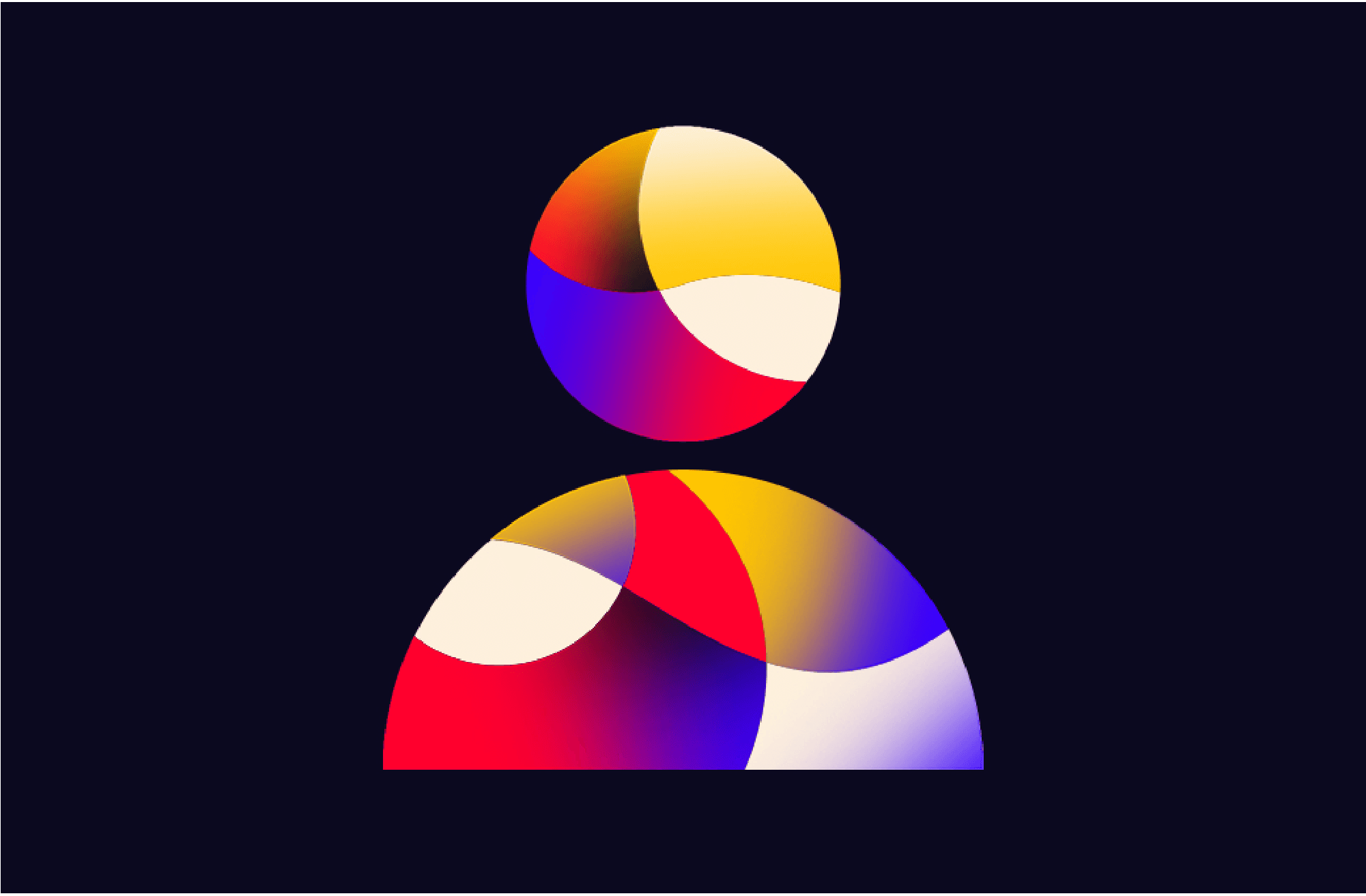It’s harder than ever to make B2B marketing content stand out, especially with more and more AI-generated content clogging up people’s feeds. (Unsurprisingly, the Content Marketing Institute finds that 43% of B2B marketers struggle to effectively differentiate their content from the competition.) This is a huge problem for our clients, and one that we’re often asked to solve. Our first step is usually a comprehensive competitive analysis to identify opportunities to differentiate, which is a task that can be a heavy lift. But now, by using AI for competitive analysis, we’ve been able to reshape our process to improve efficiency and get even better insights.
That said, we don’t just feed AI a prompt and let it do all the work. Instead, we use it as a partner at every stage to help our team dig deeper, fine-tune insights, question assumptions harder, and further strengthen our recommendations. We essentially view AI not as a replacement but as an expansion of what we’re already able to do.
The Biggest Benefits of Using AI for Competitive Analysis
But what does that look like in practice? Here’s how we recently used AI to enhance a client’s competitive analysis and offer a roadmap for true differentiation.
1) Doing content analysis at scale.
If you’ve ever conducted a competitive analysis (or been part of the team tasked with sourcing the research to conduct one), you know how tedious it can be. You might spend hours scouring competitor sites, taking screenshots, and adding your observations to complicated spreadsheets. It’s a lot of work, and there’s only so much content you can access with a standard team. AI has been a fantastic tool to help us analyze much larger data sets, helping us not only save time but also expand our insights.
For example, we recently conducted a competitive analysis to help a crypto client carve out their place in the market. We wanted to do a massive deep dive on five key competitors’ ad strategies, so we used AI to analyze over 500 ad assets across TikTok, YouTube, and Google Ads. This is a much larger dataset than we would have been able to analyze in the past (in the allotted time), but it gave us great insights about every aspect of the competitors’ presence, from messaging and voice to visuals and channel approach. Once we distilled those insights into key takeaways, we knew those recommendations were airtight (having left no ad unanalyzed).
2) Finding deeper insights.
Although we’re always confident in the insights we surface from our initial analysis, we know AI is a particularly helpful tool to identify those deeper or more tangential insights that may also be relevant to our clients.
For that same client, we also used a deep research prompt to connect the dots between their competitors’ campaigns and other relevant activities (like product launches or standout content pieces that might be worth emulating). This gave us more clarity about their larger strategies, far beyond their ad campaigns.
We also ran a deep research prompt on ChatGPT to analyze and report on our first round of findings. This helped us unearth several additional insights that provide a larger picture for our client.
3) Getting real-time updates on the market landscape.
A competitive analysis is intended to focus on what the competition is doing, but we also need to zoom out and look at what’s happening in the larger market landscape. That key information—current climate, trends, and shifts—takes more time to source (not to mention the fact that market shifts happen quickly). This is especially true if a client is in an emerging market.
With the help of AI, we can quickly access all sorts of market info, including newsworthy moments, major acquisitions, timely stories, upcoming trends, consumer sentiments about the category, etc. This provides an additional layer of insight that influences the recommendations we make.
4) Uncovering unique opportunities.
Too many companies end up playing follow-the-leader in their marketing, using the same channels, messaging, and even visuals to keep up with their competitors. To win, you need to push the envelope, evolve your brand, and tap into new and interesting spaces.
For our crypto client, we were able to take both our manual and AI-assisted research and run an additional evaluation of our findings to surface any themes or opportunities we hadn’t already identified. This extra layer of insight helped strengthen the findings by offering additional perspectives, ideas, and avenues to explore.
The Unexpected Benefits of Using AI for Competitive Analysis
Naturally, AI is a powerful tool that can help source and analyze your data, but as we’ve evolved our process, we’ve found its value extends way beyond data processing. There are common challenges that arise when building a marketing strategy (based on competitive analysis insights), but AI can help teams navigate these issues, too. It’s especially helpful for:
- Analysis Paralysis: It’s easy to feel overwhelmed by the volume of competitive insights AI can generate. We solve this by cross-referencing insights with our clients’ goals, helping to create a more effective roadmap to put into practice.
- Internal Alignment: One of the more common challenges we see when delivering a competitive analysis is the reception among different stakeholders, who often have strongly held beliefs or conflicting perspectives on their brand and market. Data-backed AI analysis helps remove that layer of emotion and help the team come to a consensus.
Ultimately, AI is not meant to replace human labour, but it has been a reliable partner to improve our insights and give our clients more meaningful information. We know the technology will continue to evolve, and we’re excited to keep experimenting and expanding our knowledge alongside it. Thus far, we’re glad it’s helped us do our jobs more effectively—and give our clients the info they need to win.




